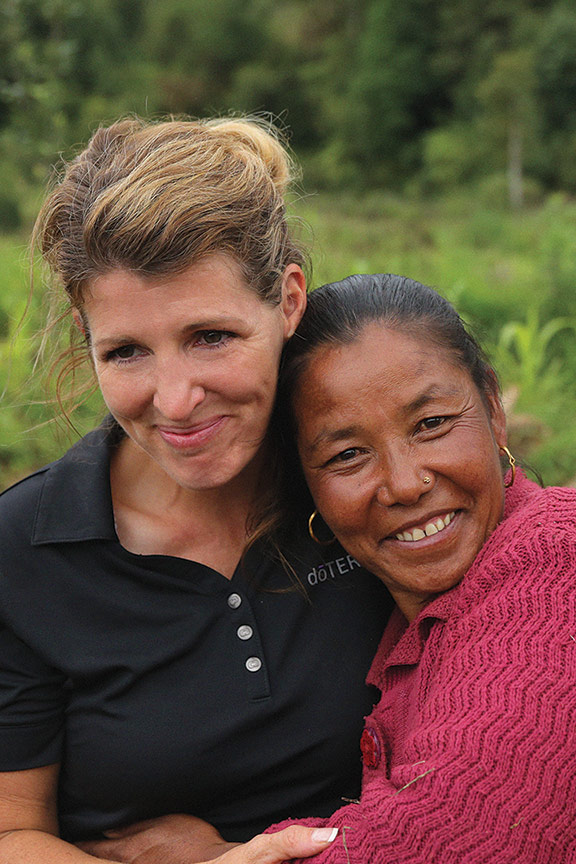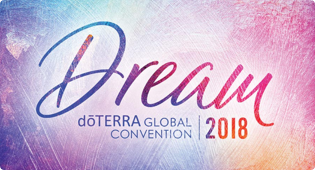Origin: a Latin derivative
meaning "Gift of the Earth."
New Heights for Nepal through Cō-Impact Sourcing®
High in the foothills of the Himalayan Mountains, a small group of women gathers in the early morning light. They carry hooked machetes and large woven baskets with thick straps. These straps will eventually rest on the tops of their heads when they are loaded with the day’s harvest—the dark green branches and leaves of Nepalese wintergreen, Gaultheria fragrantissima. These women brave the steep muddiness of the mountains on a regular basis to provide for their families and keep out of poverty. Now, especially after the earthquakes and aftershocks that flattened the countryside of Nepal, having work has become ever more necessary for survival.

Far From Aid
Even before the first earthquake hit on April 25, Nepal was largely underdeveloped despite the best efforts of the government and other organizations to improve the lives of Nepali citizens. The earthquakes put other nations into action as they donated funds, supplies, and volunteers. Nepal’s capital, Kathmandu, drew much of the media attention and also much of the aid. Little basic aid made it through to harder hit and more remote areas.
The Dolakha district was the epicenter of the second quake on May 12, where it is estimated that 99 percent of the homes were destroyed. The majority of Nepal’s wintergreen growers and harvesters call Dolakha home, and all were in dire need. Fortunately, doTERRA, working in partnership with CHOICE Humanitarian, was already involved in the communities there, setting up an exclusive partnership for the new Wintergreen essential oil. Spurred on by the knowledge of how much damage these villages had sustained, the executives quickly utilized the doTERRA Healing Hands Foundation™ to give immediate aid. They set up a donation fund solely for Nepal, and total relief efforts raised over $635,000. Those funds continue to be dispersed to the people, enabling them to slowly rebuild.
Continued Effort
While world demand for natural wintergreen is relatively low as it is an easy product to make synthetically, the demand for doTERRA Wintergreen is growing for both the single oil and for some of the more popular blends. Wanting to expand the available supply, executives found that Nepalese Wintergreen was an excellent candidate both for its oil and as a possible Co-Impact Sourcing partnership.
The Wintergreen Community
This unique Co-Impact Sourcing opportunity comes in part because of the rareness of the plant. Wintergreen requires a cool climate in a shaded, forested area with certain soil conditions to thrive. For this reason, the plant grows exclusively in remote locations in the Himalayan foothills, making Nepal and China the sole providers of natural wintergreen for the entire world. It is only wild harvested, as no wintergreen is cultivated outside of the remote mountainous areas.
Video disabled by your privacy settings
Fun Facts
- Wintergreen essential oil has a higher density than water, causing the oil to sink to the bottom when dropped into water.
- Highly labor-intensive to produce, Wintergreen is one of the lowest essential oil yielding plants known.
- Although Gaultheria fragrantissima and Gaultheria procumbens share the same therapeutic benefits and chemical compositions in the oil, they are distinctly different species with unique aromas and colors. Nepalese Wintergreen is pinker in color with a sweeter, earthier aroma.






